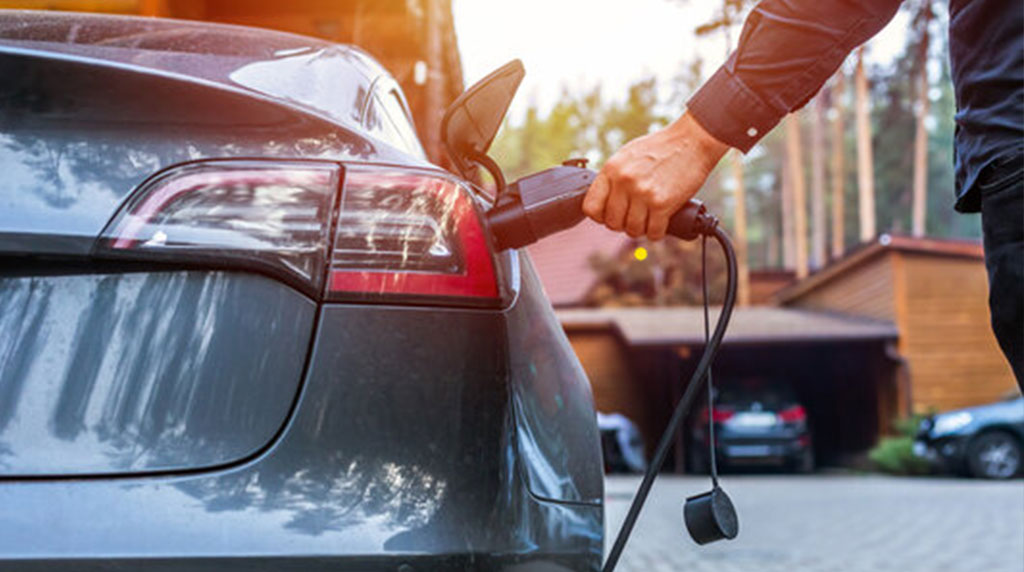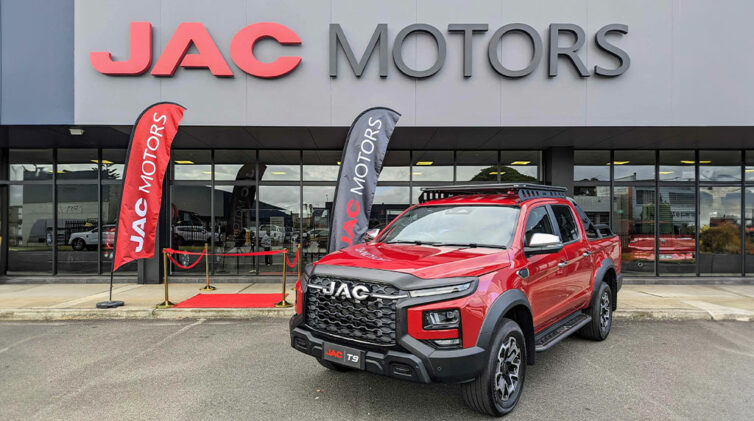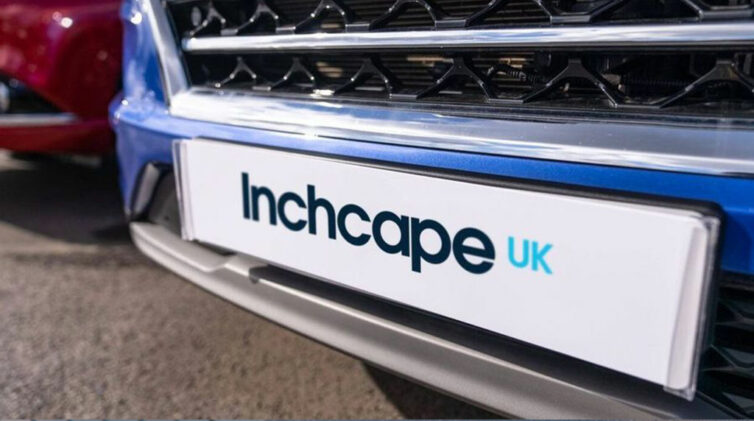VOLATILITY in the prices of used electric vehicle and plug-in hybrid electric vehicles (PHEV) over the past months appears to have tempered, says Cox Automotive Australia in its latest October used-vehicle report.
It said the EV and PHEV prices are stabilising as the volume of used examples hitting the market increases and “the overall peaks and troughs in average price movements were notably more steady over the past quarter.”
But the report confirms the small sample size of battery electric vehicles (BEVs) and plug-in hybrid vehicles (PHEVs) on the used market.
“They now make up only 0.3 per cent of used vehicle sales and 0.5 per cent of inventory at present,” Cox Automotive Australia said.
It said that this was “no shock given these vehicles really only started to spike in sales on the new side of things last year, and are therefore largely still with their first owners.”
“While the sample size is low, we’re seeing the used price index for BEVs and PHEVs (116.3) staying lower than other vehicle types, as issues such as customer doubts around used battery health, and factors discouraging used BEV demand such as new-car-focused fringe-benefits tax exemptions and state rebates playing their part.”
In September 2022, the used price index for used EVs and PHEVs was 138.9 (prices up 38.9 per cent on December 2019) and a year later, in September 2023, the index was 108.5, a used price growth of only 8.5 per cent on the 2019 index.
In perspective, the year-over-year decrease in the price index for ICE utes aged two to four years was 8.6 per cent, and for ICE passenger cars the fall was 8.1 per cent. SUVs aged two to four years were down 10.9 per cent.
On the bigger picture, this is seen on a backdrop of the average used vehicle prices in Australia’s dealerships now being the lowest they have been in almost two years, while availability as measured by stock levels continues to improve at a rapid pace.
The Cox Automotive Australia dealer delisted price index was 137.8 at the end of October, marking the ninth successive month of decline.
The figure is now 7.0 per cent lower than when average used and demonstrator vehicle prices in Australia’s dealers peaked in August 2022.
The more mature EV market of the UK shows some pointers for Australia.
Cox Automotive Europe’s insight and strategy director (and also chair of the UK’s Vehicle Remarketing Association) Philip Nothard said used EV values will “gradually approach parity with ICE vehicles” which “offers a positive trajectory for the EV market’s future.”
“However, the outlook for EV values remains uncertain. The growing presence of EVs in the wholesale market, coupled with advancements in battery technology, may introduce fluctuations in electric vehicle values for some time to come.”
In its recent European report on EVs, Cox Automotive said sales of EVs, including PHEVs, are set to account for almost a fifth of all new cars worldwide by the end of 2023 “that’s no less than a 35 per cent increase on 2022.”
“The role EVs are playing in the climate change fight is crucial despite slowing sales, disruptive shifts in government policy and negative public opinion regarding price and charging infrastructure.”
Cox Automotive Europe’s report added that, according to the International Energy Agency, there were 26 million EVs on the world’s roads in 2022. That number is expected to increase to 40 million by the end of this year.
China remains the world’s largest EV market with 40 per cent of total volume, with Europe second, followed by the US and South Korea.
The Cox Automotive Europe report shows the importance in Europe of the commercial vehicle market in progressing the expansion of EV use and also the long-term used-vehicle effects.
“In terms of EV adoption, fleets are leading the way in most of these countries,” the Cox report said.
“In the US, commercial fleets are expected to account for 40 per cent of all EV sales by 2026.
“Some of the world’s biggest consumer brands have set out firm strategies for going electric.
“Amazon has ordered 100,000 delivery vans from Rivian. Walmart, UPS and FedEx have also outlined plans to have more EVs in their fleets.
“In the UK, electric light commercial vehicles (LCVs) will make up more than 7 per cent of all new registrations by the end of 2023, according to the Society of Motor Manufacturers & Traders (SMMT)
“Additionally, more than a fifth of fleets said they are planning to order electric vans in the next 12 months, according to a survey by the 360 Media Group.
“Additionally, last year saw the biggest annual increase in the number of electric van registrations, an increase of 30 per cent over 2021.
“Industry experts say fleets are much more agile, and more understanding of the shift to net zero, than they used to be.
“Moreover, new entrants in the EV new vehicle market, including Chinese giant BYD, have reportedly targeted UK fleets to get a clearer idea of their needs.
“Fleet managers tell us that new vehicle supply has improved dramatically and that’s partly thanks to new entrants’ activity.”
It is this wave of new EV and PHEV buying that will support the volume of used examples onto the global market and in doing so, support the used values.















 Read More: Related articles
Read More: Related articles

